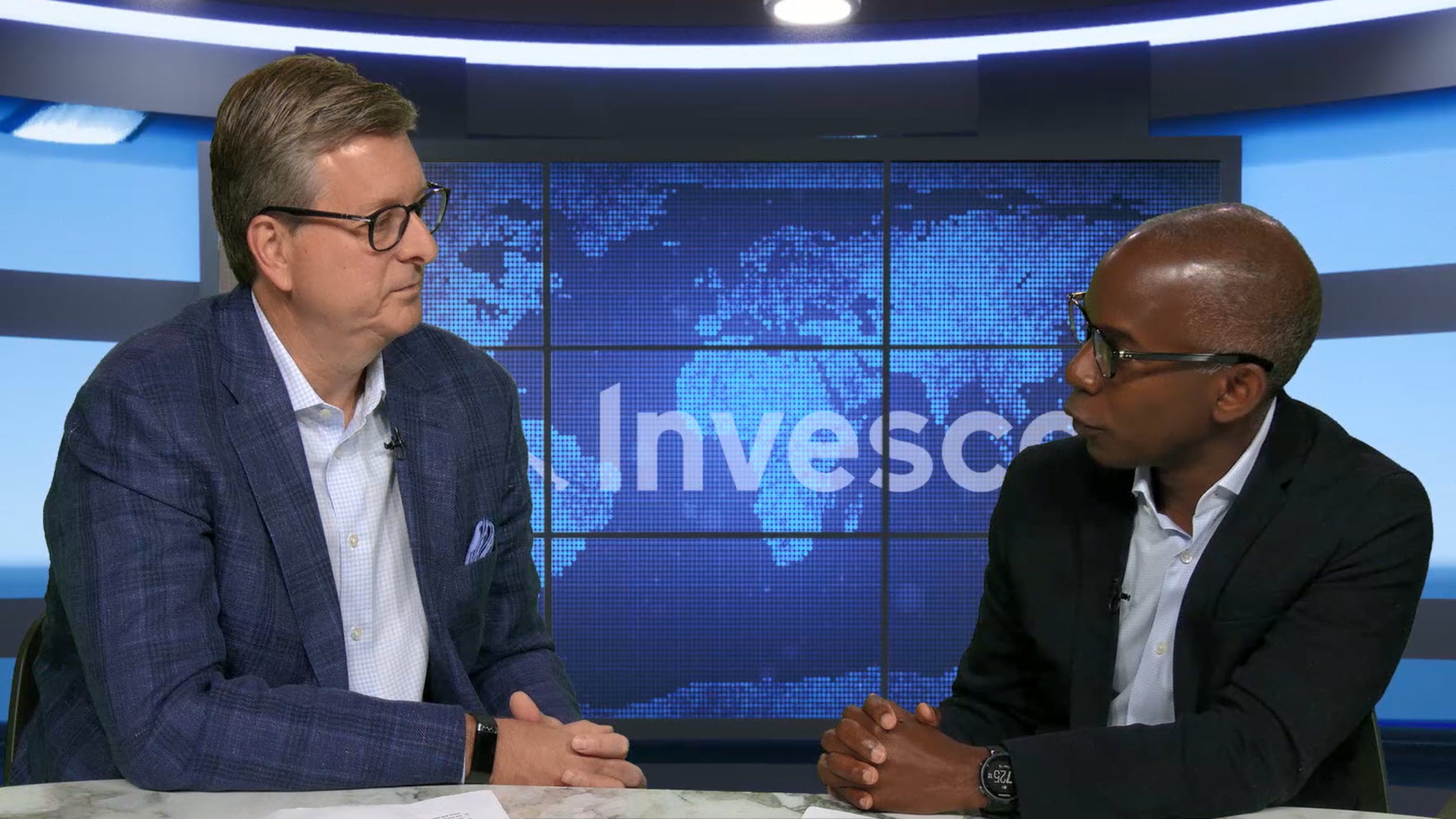
Stable Value Five Key Reasons to Consider Invesco Stable Value
Invesco’s stable value investment process is focused on managing risk and providing an extremely stable investment experience for participants across a full range of market climates.

Value and growth investing refer to two fundamentally different investment styles. Think tortoise versus hare from the well-known fable.
Value investing tends to take a turn in market leadership during periods of higher interest rates and inflation, as well as softer and recessionary economic cycles.
Long-term outperformance, investment team tenure and stability, and style consistency are some factors for plan sponsors to assess when selecting a value investing approach.
Heightened market volatility has refocused attention on large-cap value strategies in participant equity allocations. When looking at large-cap value investing, there are three key points for plan sponsors to consider.
Adding a large-cap value allocation to a retirement portfolio has typically helped broaden diversification, lowered volatility exposure, and strengthened return potential across full economic cycles.
Both value and growth large-cap stocks have taken turns in market leadership, depending on the current cycle and overall market conditions. Value investing has tended to lead during softer and recessionary economic cycles, in rising and higher interest rate periods, and when inflation is higher. Growth investing has tended to lead during economic expansion cycles, in falling and lower interest rate periods, and when inflation is low.
| Key differences in value versus growth investment styles | |
| Large-cap value | Large-cap growth |
Tends to offer slower, steadier growth potential over time
|
Tends to offer stronger upside potential in up markets but with greater downside in volatile markets
|
| Price-to-earnings ratio (PE). Lower PE stocks indicate investors are paying less for every dollar of earnings received. Higher PE stocks indicate investors are paying more for every dollar of earings received. | |
Lastly, when selecting a value investing strategy, plan sponsors can look for proven long-term outperformance, investment team and process tenure and stability, and consistency in delivering value style attributes.
Learn more about how adding a large-cap value strategy to a plan’s equity lineup may help strengthen retirement outcomes for participants.

Invesco’s stable value investment process is focused on managing risk and providing an extremely stable investment experience for participants across a full range of market climates.

Artificial Intelligence (AI) is transforming entire industries and creating opportunities for investors

Kevin Holt has been managing large value equity portfolios for 25 years. He reviews what has changed since he started, the current environment, and what’s ahead for large value equity portfolios.
Header image: Milles Studio/Stocksy
NA 3245689
Diversification does not guarantee a profit or eliminate the risk of loss.
The opinions expressed are those of the authors, are based on current market conditions and are subject to change without notice. These opinions may differ from those of other Invesco investment professionals.
Stock and other equity securities values fluctuate in response to activities specific to the company as well as general market, economic and political conditions.
The information provided is for educational purposes only and does not constitute a recommendation of the suitability of any investment strategy for a particular investor.
Growth stocks tend to be more sensitive to changes in their earnings and can be more volatile.
A value style of investing is subject to the risk that the valuations never improve or that the returns will trail other styles of investing or the overall stock markets.
As with any comparisons, investors should be aware of the material differences between products. Differences include, but are not limited to, objectives, cost and expenses, liquidity, safety, guarantees or insurance, fluctuation of principal return, tax features and management style. Investors should talk with their financial professional regarding their situation before investing.
This link takes you to a site not affiliated with Invesco. The site is for informational purposes only. Invesco does not guarantee nor take any responsibility for any of the content.